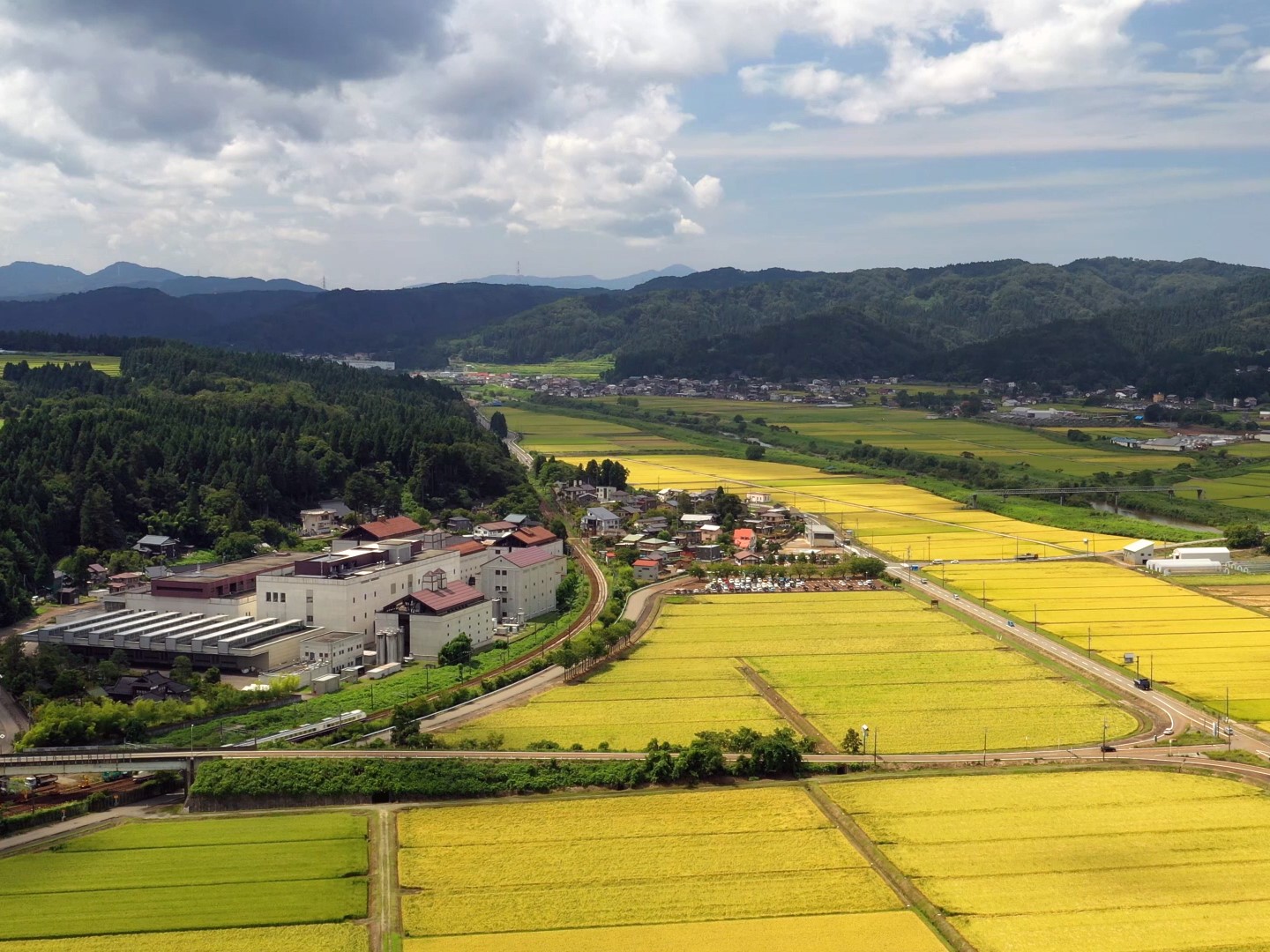Episode-78: Examining Niigata Sake

Podcast: Download
There’s really no such thing as an “inferior” region for sake production in Japan. A particular region may boast more breweries, higher production volume, or more acreage dedicated to a popular rice variety, but you really aren’t going to struggle to find great sake being made just about anywhere on the island. (In fact, there’s a reasonable argument to support the idea that some of the nation’s most exciting sake is born in some of the less-talked-about regions).
Despite that, there are a handful of regions that have been elevated to a particular pedestal, consistently short-listed in the conversation around premier sake-producing regions. One of those that gets name-checked without fail, is Niigata.
To fully explore the depth and complexity of this exceptional region in a manner that would paint a complete and accurate picture, from its historical significance through its modern evolution, would require masterclass of epic proportions. Instead of waiting for that to come to fruition, we thought we’d at least begin laying to groundwork by offering a broad, overarching perspective, followed by a profile of one of the labels that has become nearly synonymous with the region.
For the next two episodes we’re joined by Ms. Kaoru Ito and Mr. Hiroshi Nagamoto, both from the Overseas Business Department of Asahi Shuzo Sake Brewing Company based in Nagaoka, located in central Niigata, makers of the iconic Kubota brand sake. (Careful, as there are more than a handful of sake breweries that share the name Asahi Shuzo, each exceptional in their own right).
This week we focus on the characteristics that make Niigata uniquely equipped to deliver on the promise that comes attached with the name. In addition to historical and geographical factors, we also look at local training, education, and technical development resources that have contributed to the region’s explosive growth over the past 50 years, as well as the elements that came together to give birth to the style of sake that’s become synonymous with the region – tanrei karakuchi – what that has done for the region’s development of technical prowess and notoriety amongst consumers, and how the future of the region’s sake might be better defined by another term: Niigata Tanrei.
We touch lightly upon Asahi Shuzo Sake Brewing and the Kubota label, but we’ll dig into that in more detail in the week ahead. For this week, we lean upon the team with the deep connections and understanding of the elements at play that have cultivated one of Japan’s most celebrated sake regions, in hopes of providing a bit of context for how it came to be elevated to where it rests today and why we shouldn’t count the region out for its potential role in mapping the future of sake.
For those looking to start studying for the week ahead, or who are curious as to what Kubota and Asahi Shuzo Sake Brewing Co. are up to, you can learn more at the links below.
Asahi Shuzo Sake Brewing Co., Ltd. - Official Website (English)
https://www.asahi-shuzo.co.jp/global/
Asahi Shuzo Sake Brewing Company – Official Facebook Page (English)
https://www.facebook.com/KubotaJapaneseSake
Asahi Shuzo Sake Brewing Company – Official Instagram (Japanese)
https://www.instagram.com/asahi_shuzo_jp/
As always, you can follow along with our shenanigans here at Sake On Air via Instagram, Twitter, or Facebook. Please also be sure to leave us a review on Apple Podcasts or your favorite podcatcher service, as well. Any additional comments and questions can be sent to us at questions@sakeonair.staba.jp.
We’ll be back with more Sake On Air for you in just a couple of weeks.
Until then, kampai!
roadcast from the Japan Sake & Shochu Information Center in Tokyo. The show is a co-production between Export Japan and Potts.K Productions, with audio production by Frank Walter. Our theme, “Younger Today Than Tomorrow” was composed by forSomethingNew for Sake On Air.








